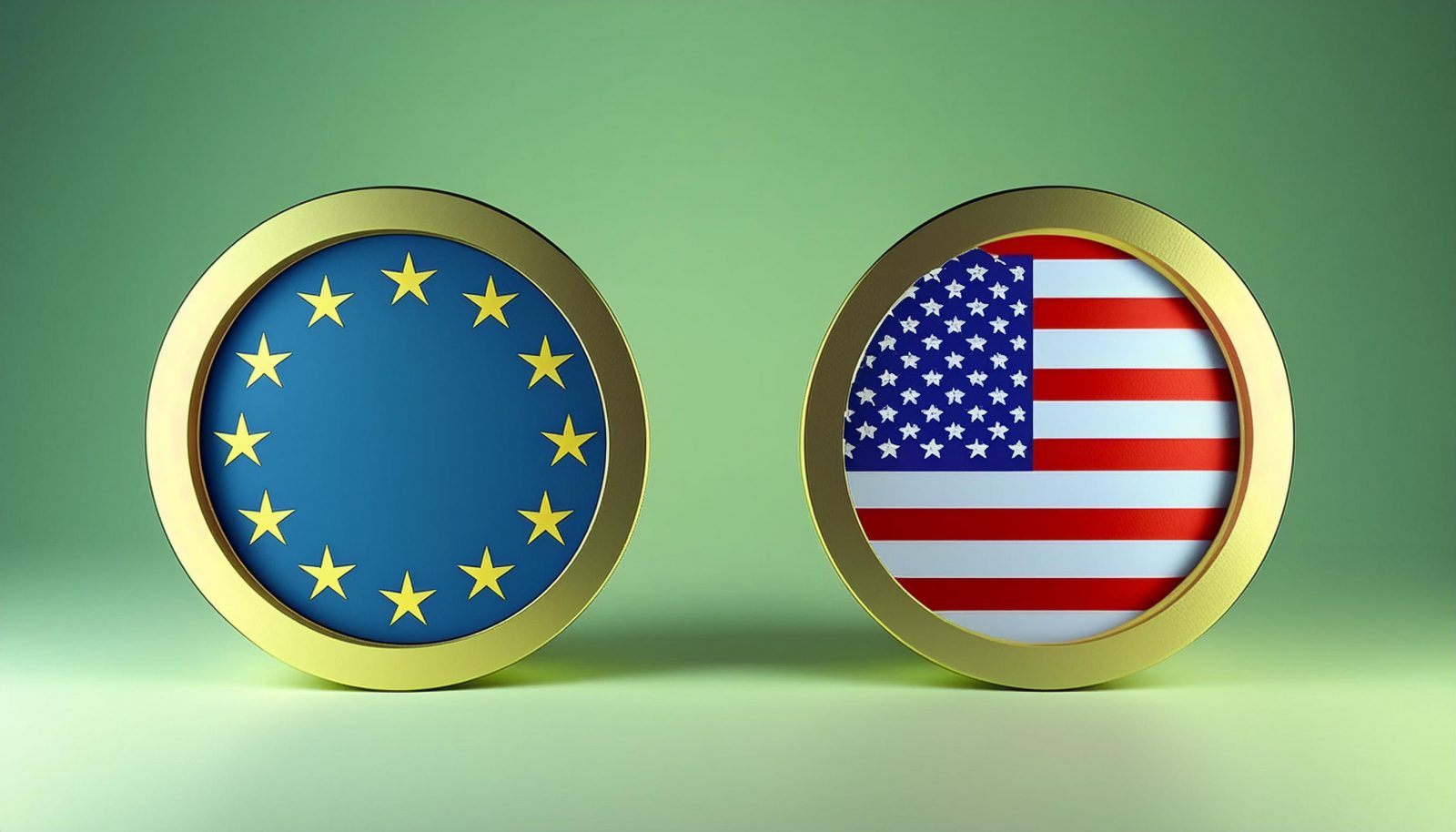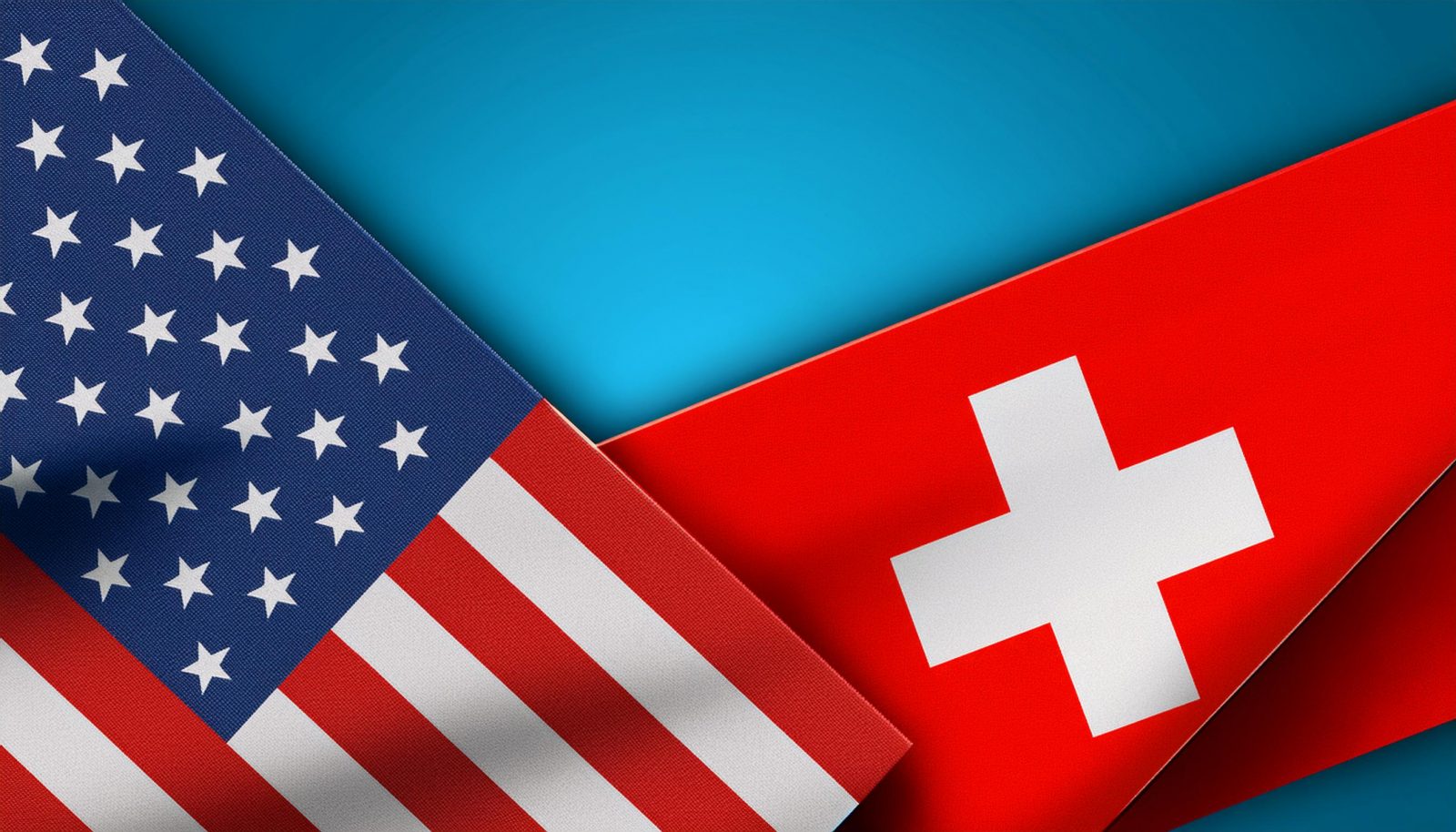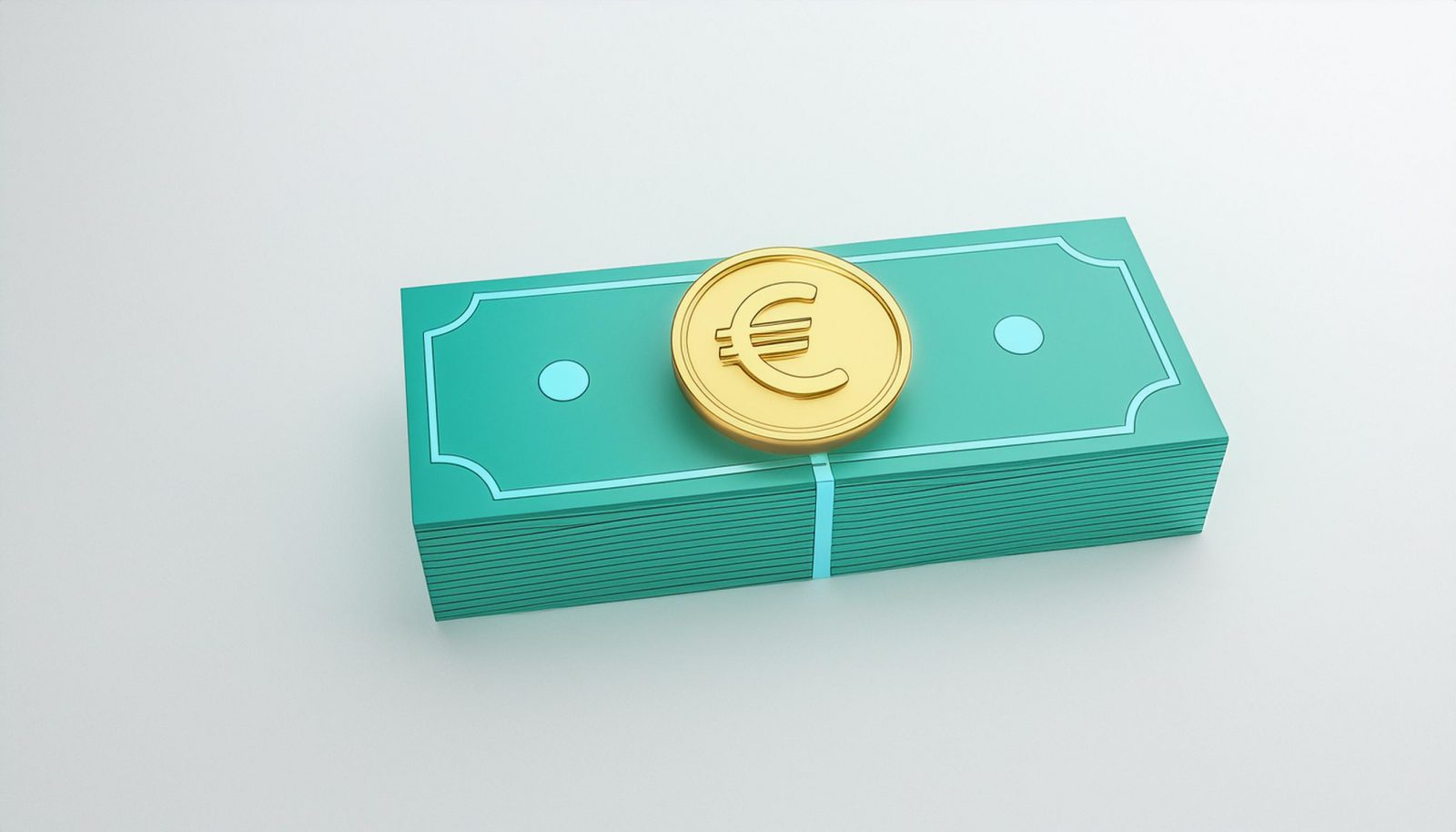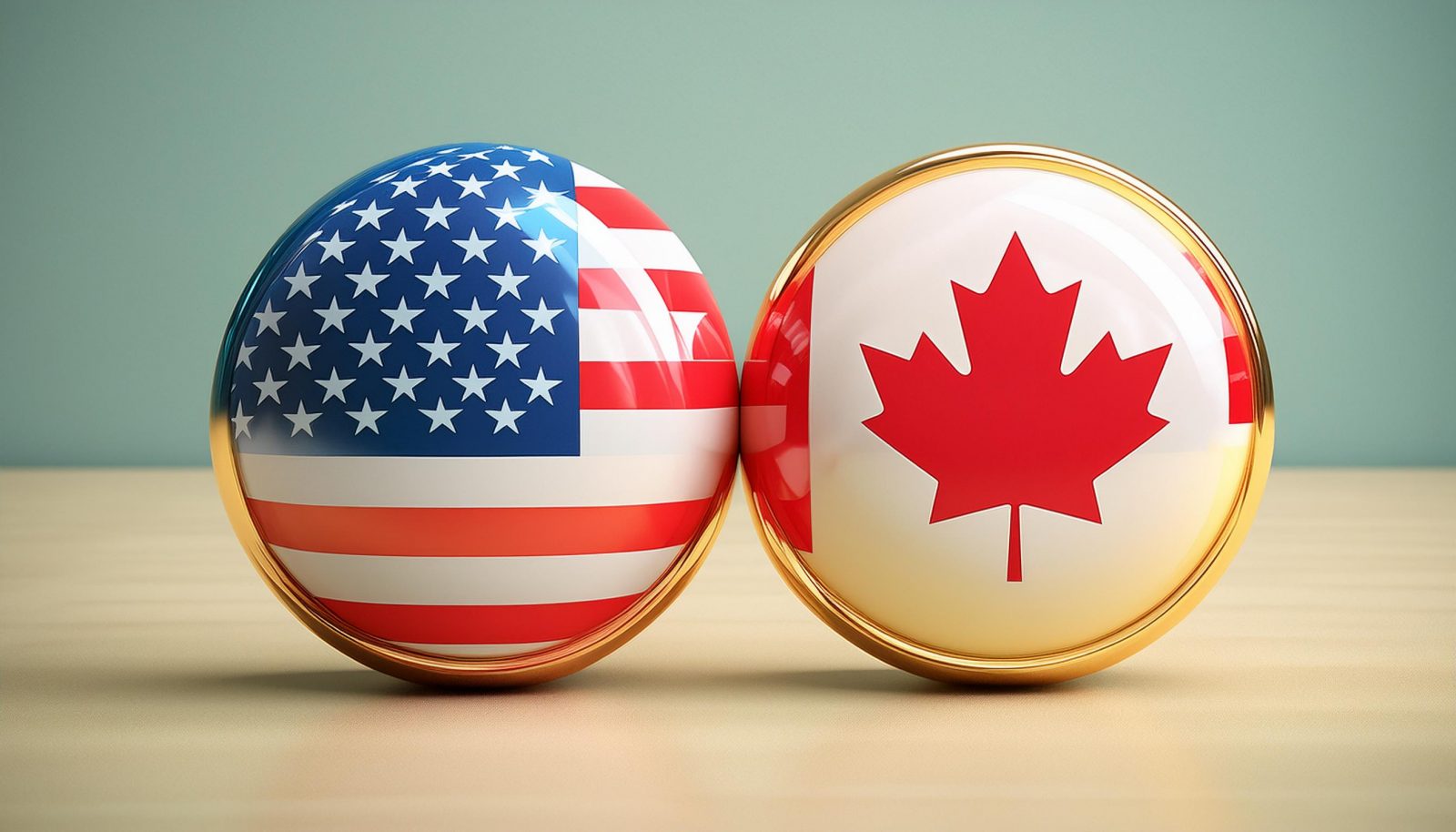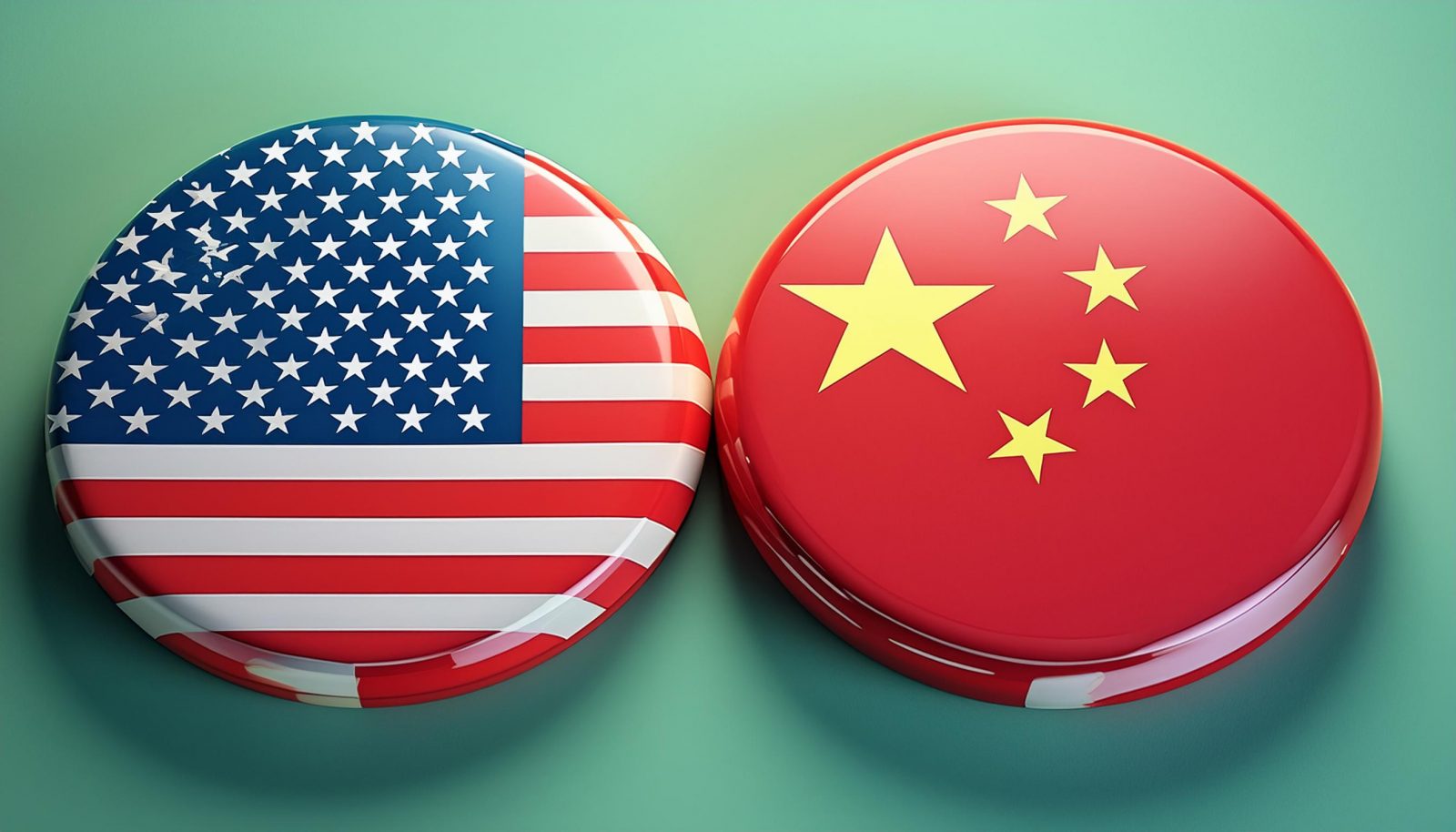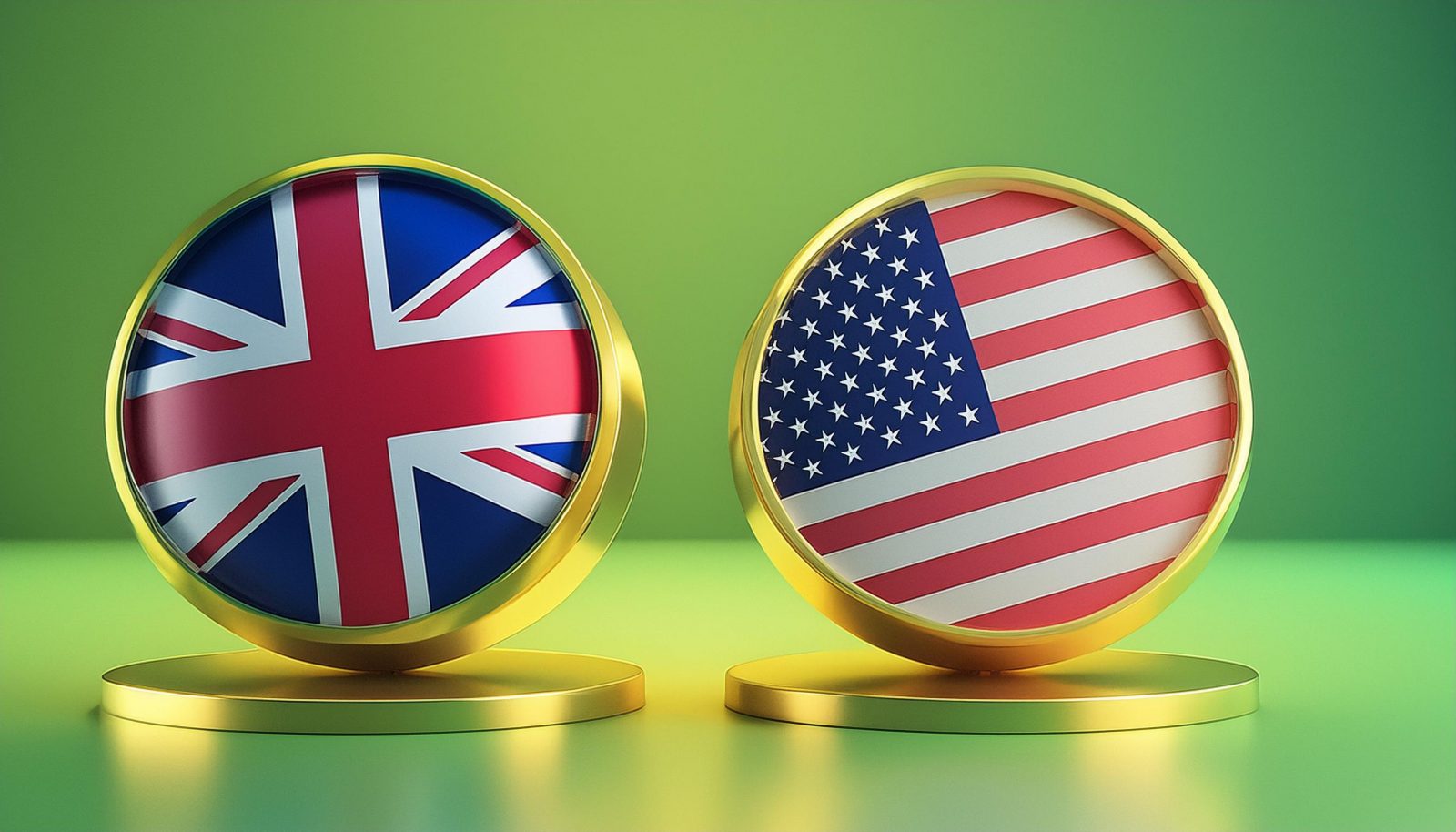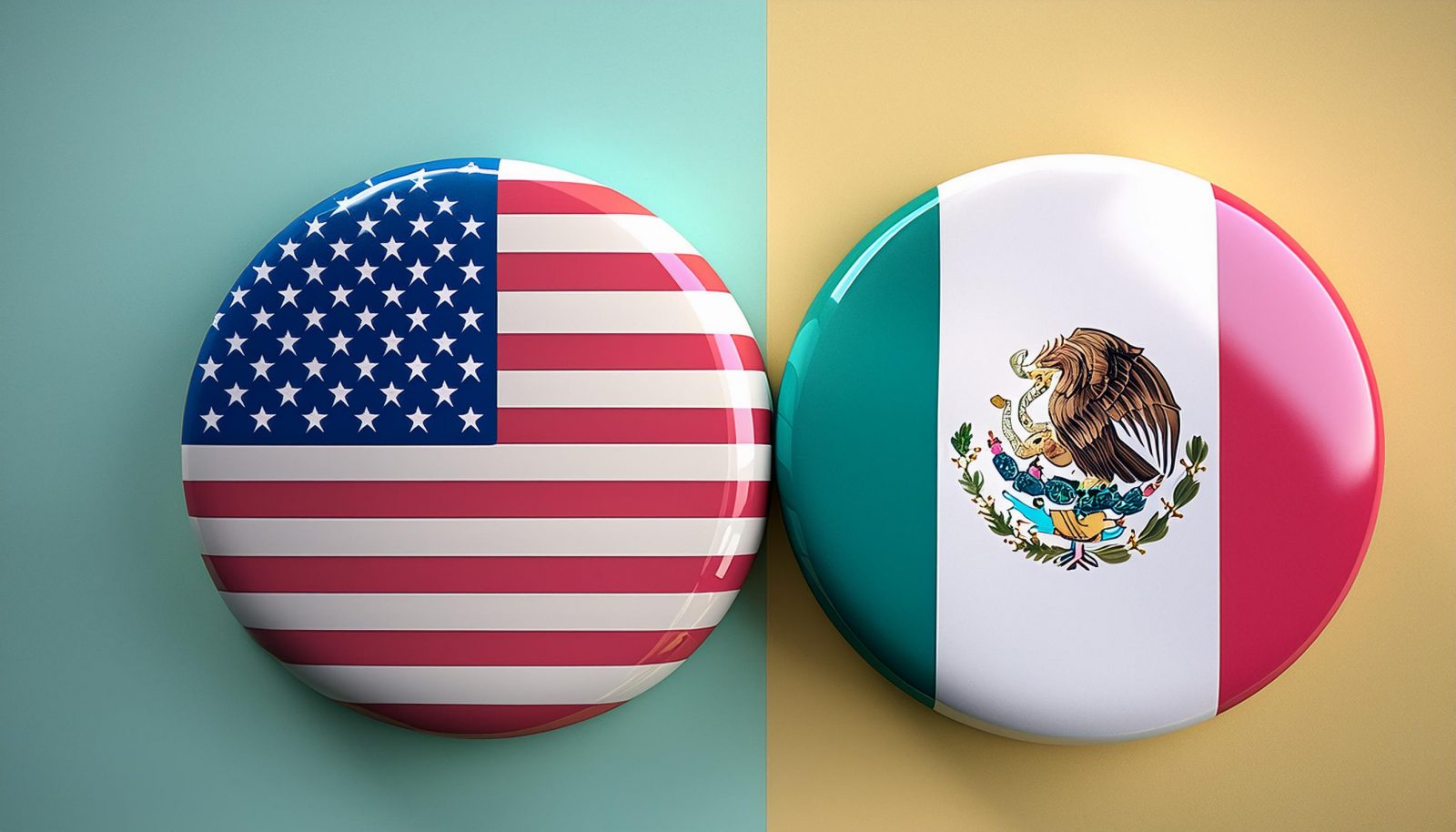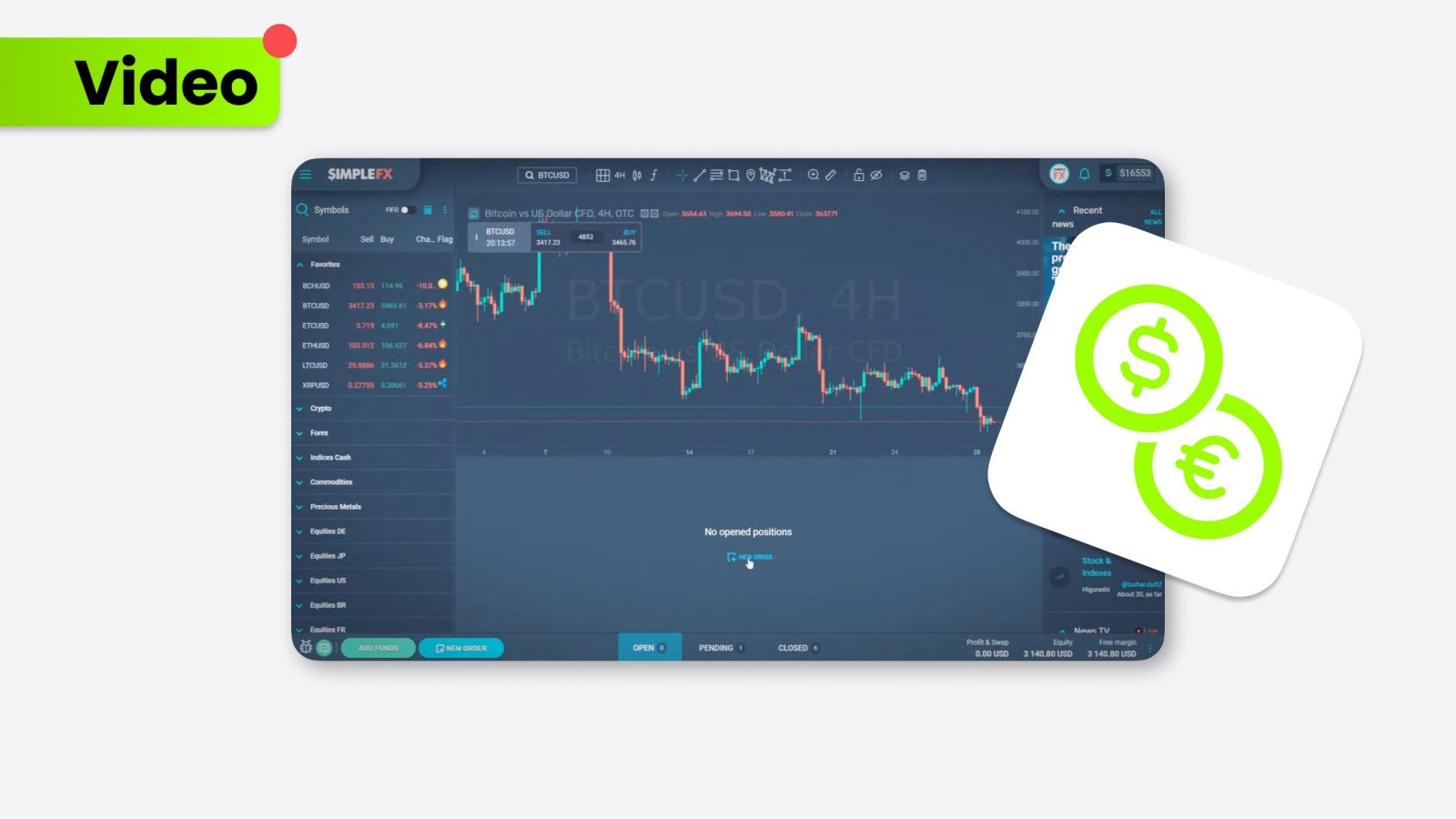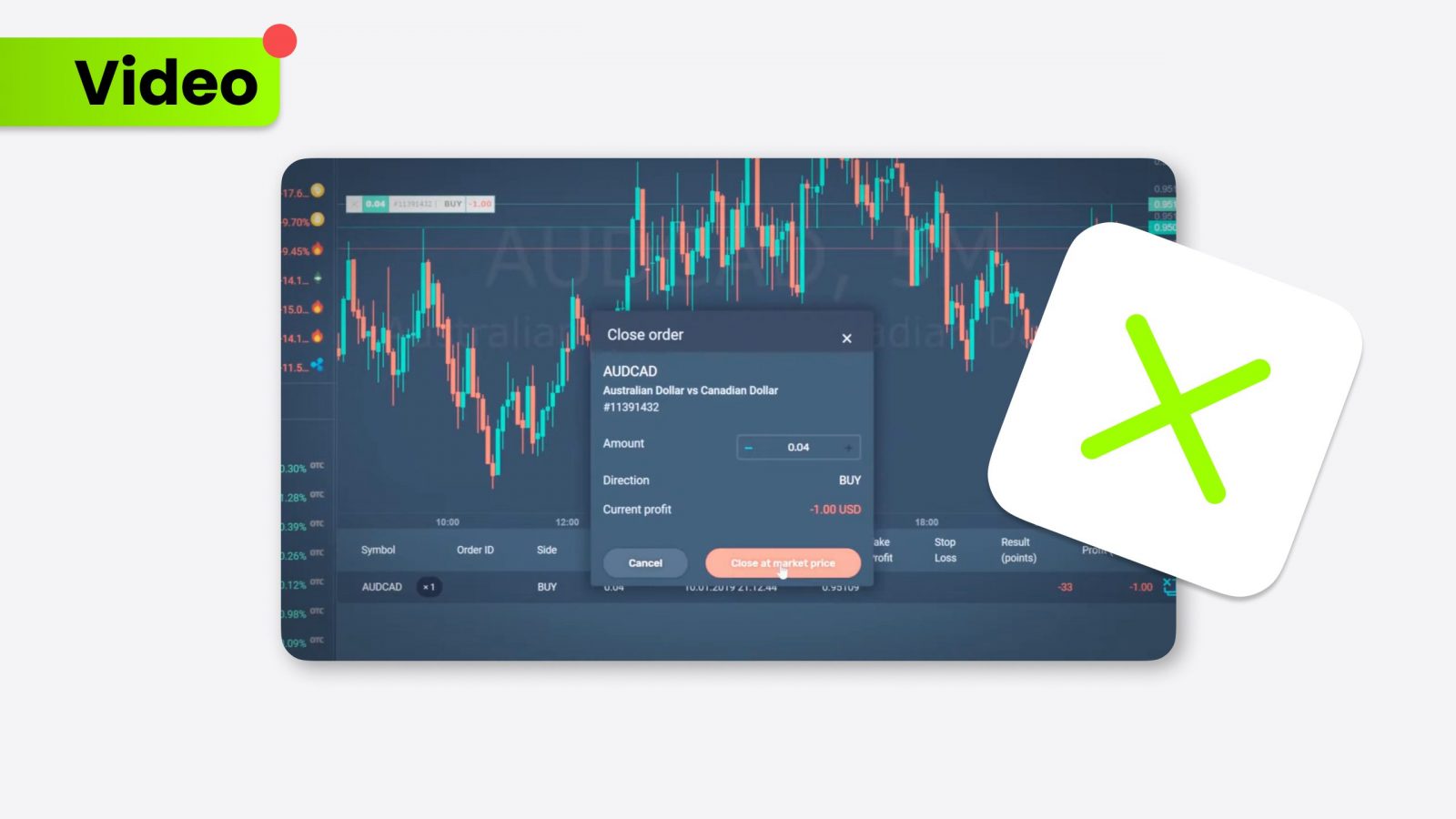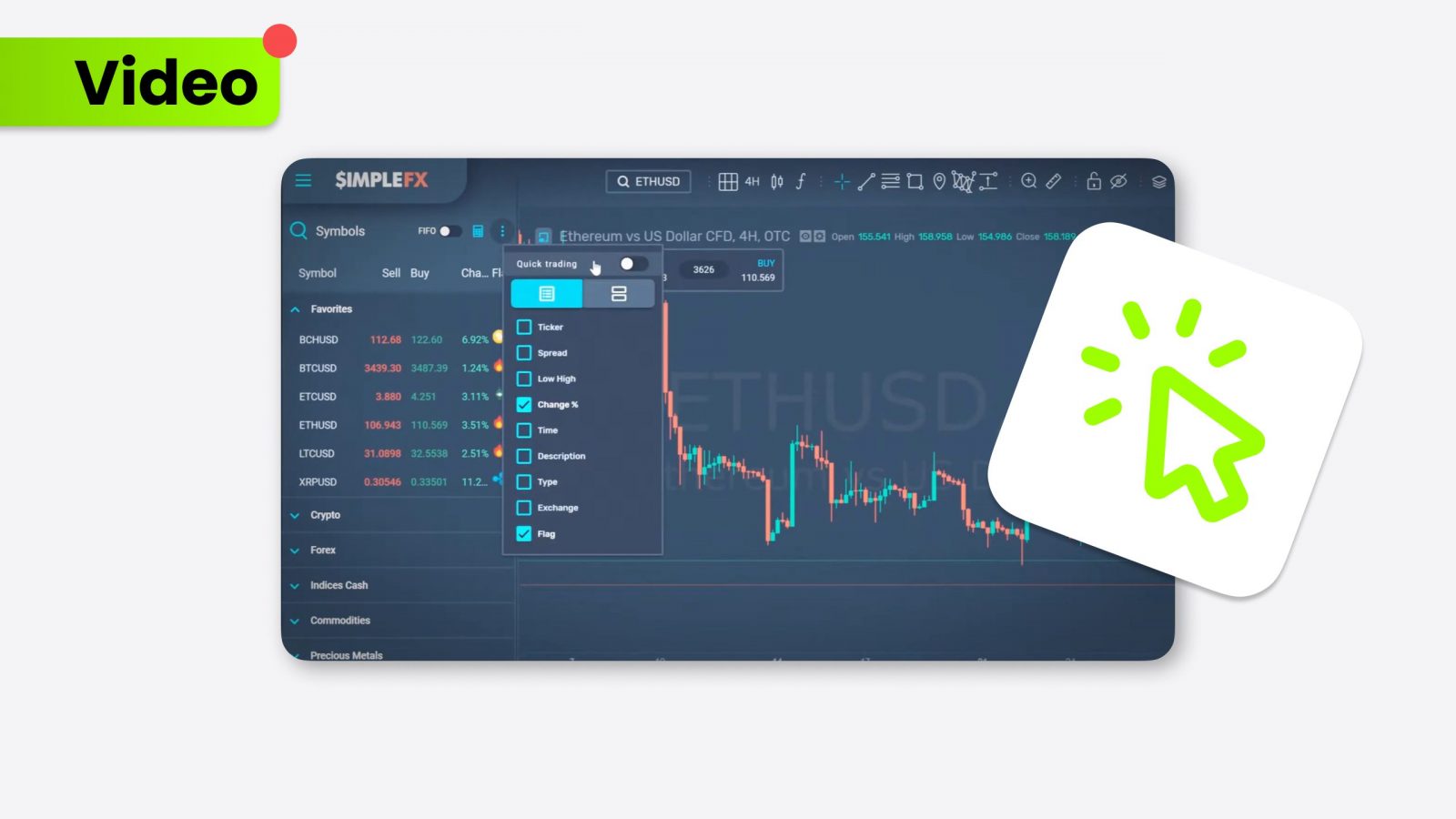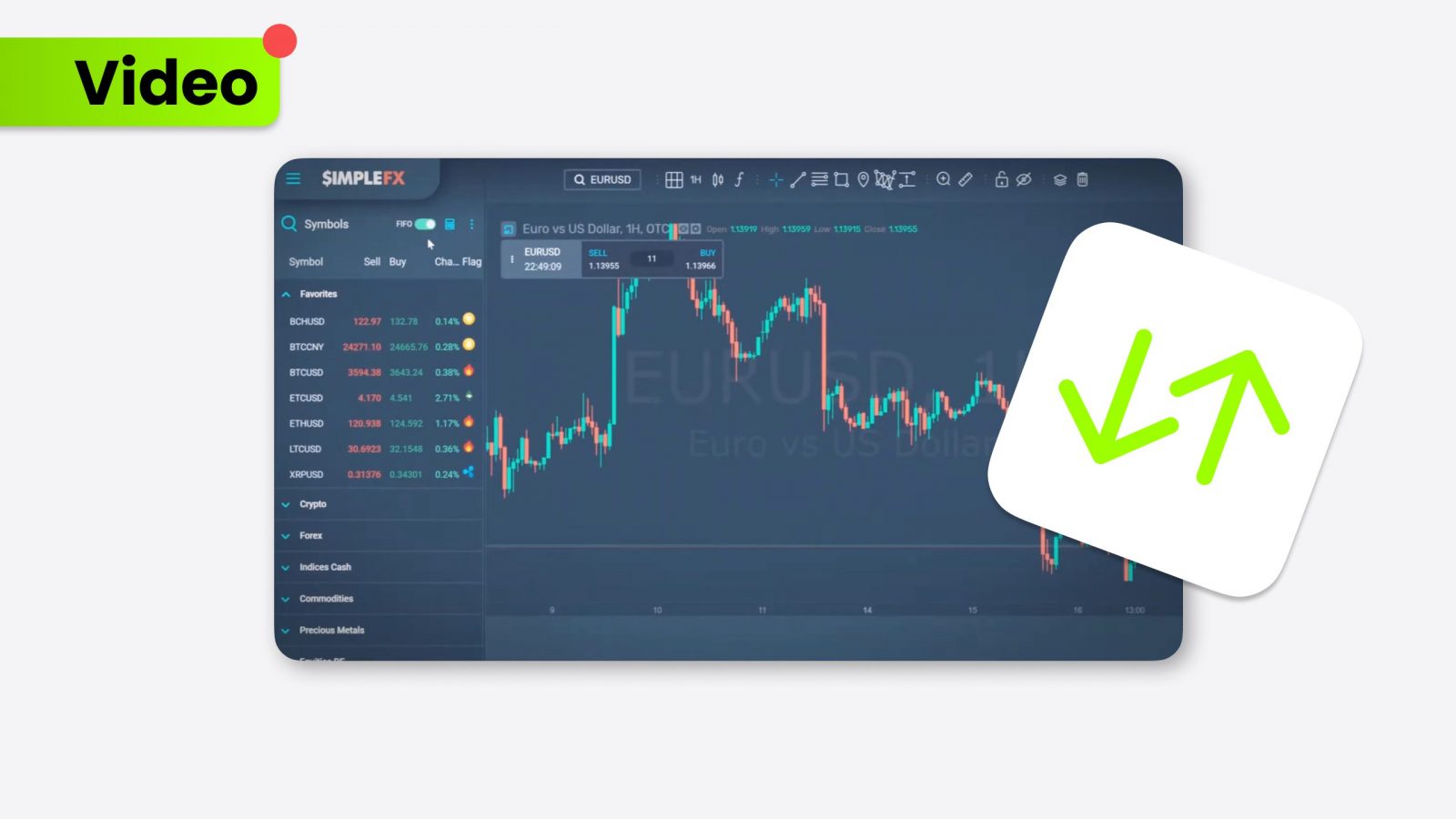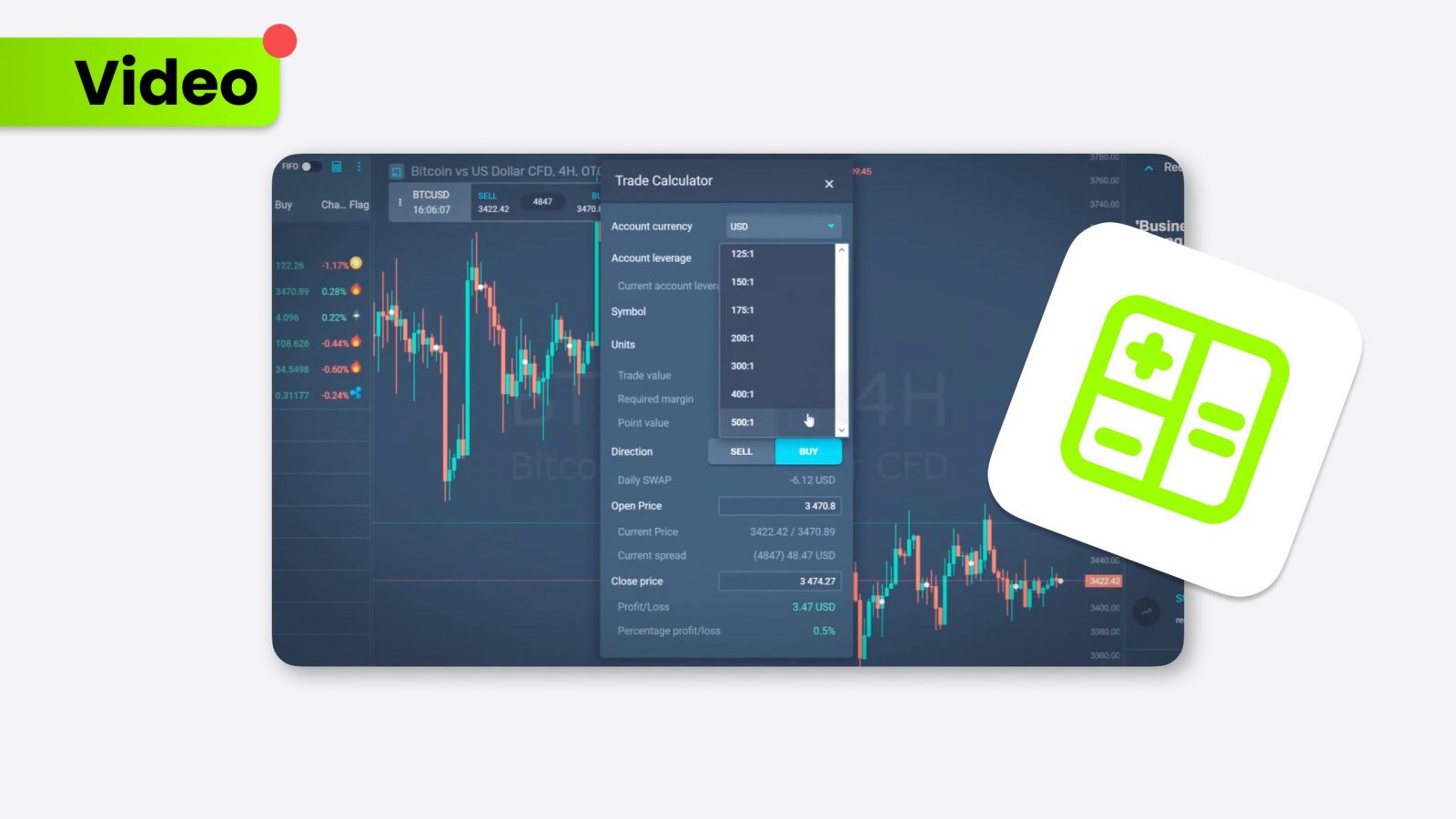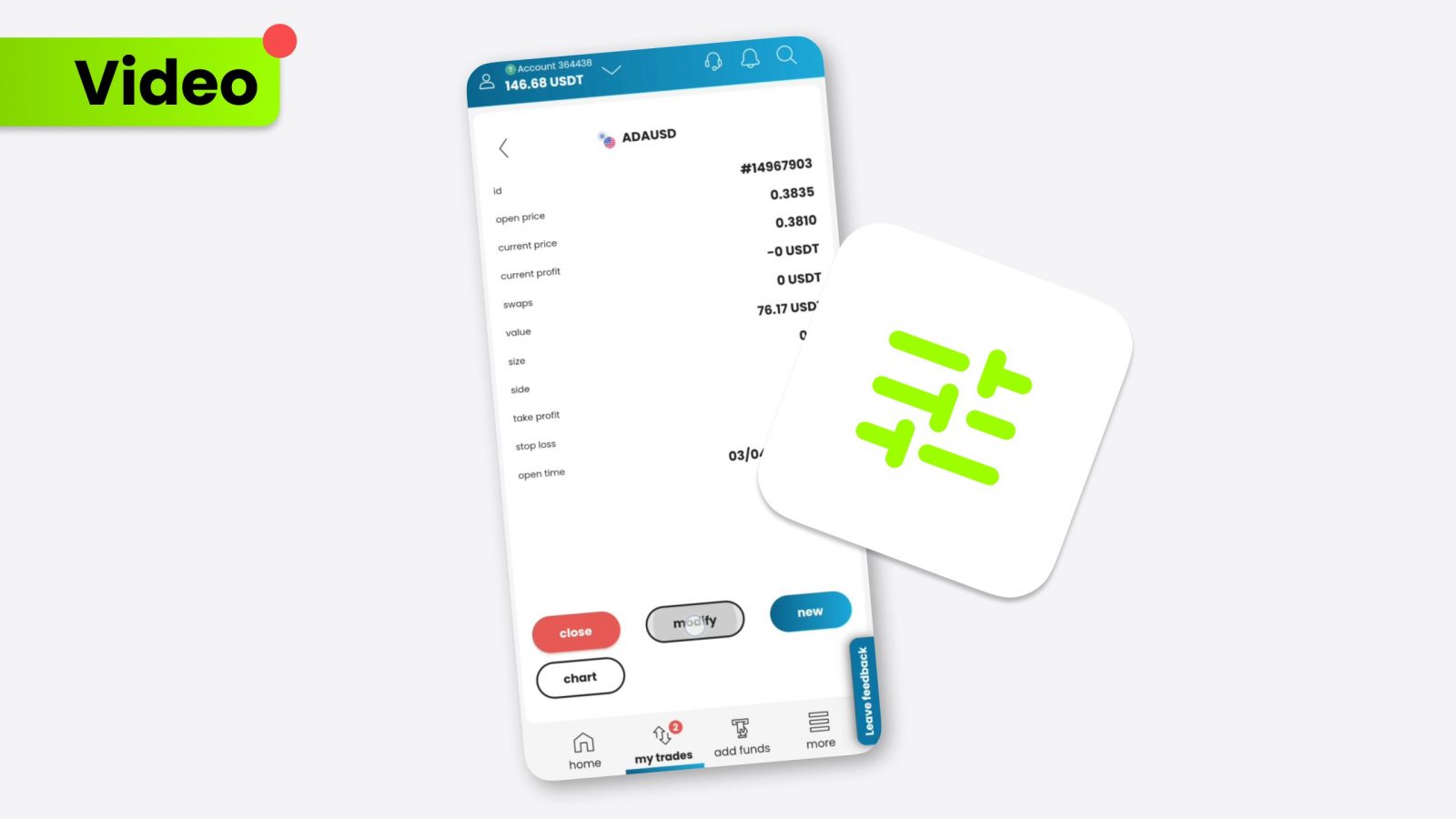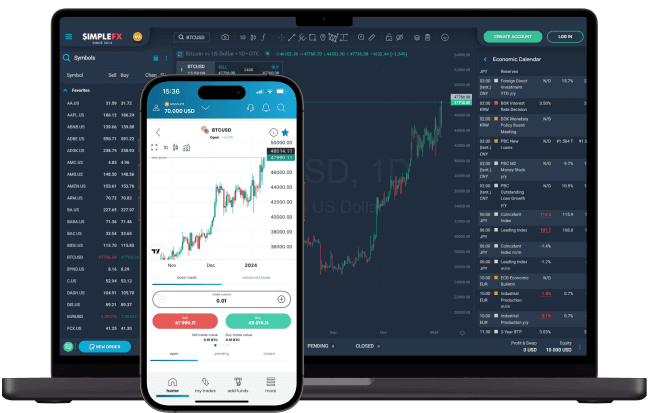The Euro, as the official currency of the Eurozone, plays a pivotal role in the global financial landscape. This currency is significant for traders who should be aware of its historical context and impact on financial markets.
- The Euro is the second most traded currency globally.
- It is crucial for understanding European assets such as indices, equities, and currency pairs.
- The EURUSD pair is the most traded currency pair, influenced by various economic indicators.
- Before the Euro, member countries such as Germany and Italy used different currencies, Deutsche Mark and Italian Lira, respectively.
Euro: Most important information
The Euro is the official currency of 20 of the 27 European Union member states (EU) and a significant player in the forex market. Introduced in 1999 as an electronic currency for banking and financial transactions, it began circulating as physical coins and notes in 2002.
Despite its wide use, not every country in the EU became a member of the Eurozone. Countries such as Denmark and Sweden have chosen to keep their own currencies, while others – like Poland and Hungary – can’t meet the economic criteria required for adopting the Euro.
For a deeper understanding of the Euro’s role and the economic framework within which it operates, exploring the EU’s history and the Eurozone’s development can provide valuable insights.
Euro: Currency essential for traders
The Euro currency is an indispensable tool for traders worldwide. As the primary currency in Europe, it plays a crucial role in the global financial markets. The Euro’s importance is highlighted by its status as the second most traded currency in the world, right after the U.S. Dollar.
Understanding the dynamics of the Euro is crucial for traders when dealing with European indices, such as the CAC40, which lists the 40 largest companies on Euronext Paris. Moreover, currency pairs like EURGBP offer traders the potential to exploit the exchange rate movements between two strongly linked currencies, even after Brexit.
The Euro currency is not just a medium of exchange in Europe but a cornerstone of global trading strategies. Its influence extends beyond the borders of the Eurozone, making it an essential currency for traders.
Euro currency rate
The Euro currency rate, particularly concerning the U.S. Dollar is a critical asset for traders and economists worldwide. The EURUSD currency pair, representing the exchange rate between the Euro and the U.S. Dollar is the most traded currency pair in the forex market.
The EURUSD currency pair is important because of its significant impact on global trade and investment. Various economic indicators influence this rate, with the Non-Farm Payrolls report from the United States standing out. A positive NFP report typically strengthens the U.S. Dollar, potentially leading to a lower EURUSD rate.
Traders who closely monitor the Euro currency rate pay attention to monetary policies created and developed by the European Central Bank. Interest rate decisions and geopolitical events are all factors that traders analyze to identify trends in the forex market.
Currencies before Euro in Germany and Italy
Before the introduction of the Euro, Germany and Italy had their own national currencies, which were integral to their economic identities. The German currency before the Euro was the Deutsche Mark (DEM), while Italy used the Italian Lira (ITL). The transition from these national currencies to the Euro was part of a broader effort to achieve greater economic integration within the European Union.
The German currency before the Euro was the Deutsche Mark (DEM), while Italy used the Italian Lira (ITL).
By 1999, the Euro was introduced as an electronic currency for financial transactions, and in 2002, Euro banknotes and coins began circulating, officially replacing the Deutsche Mark and the Italian Lira. This change brought several benefits, including eliminating exchange rate risks within the Eurozone, fostering price stability, and facilitating trade and investment among member states.
For Germany, adopting the Euro provided a stable currency that supported the country’s strong export-oriented economy, reflected in the performance of the DAX40 index. Similarly, Italy benefited from reduced inflation rates and lower interest rates, helping in economic stabilization and growth. The move to a single currency also significantly impacted EU equities, creating a more integrated and efficient financial market.
Euro currency symbol
The Euro currency symbol is a significant emblem representing the Euro, the official currency of the Eurozone. Designed to be easily recognizable, the symbol consists of a letter “E” with two horizontal lines cutting across it.
The meaning behind the Euro currency symbol is figurative. The “E” stands for Europe, reflecting the Euro’s role as the unifying currency of many European Union member countries. The two horizontal lines signify stability, an essential quality for a currency intended to guide economic cohesion and confidence within the Eurozone. The Euro symbol presents the connection between Europe’s identity and the stability of its currency.



